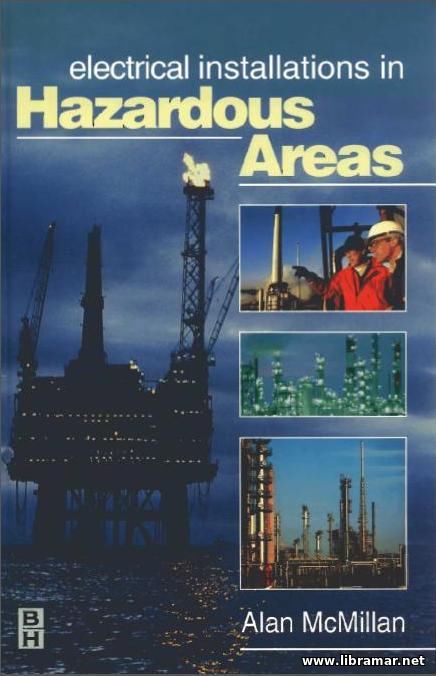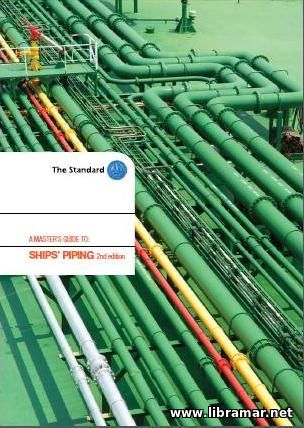Types of Shipboard Air Conditioning Systems

General Description and Definition
Air conditioning systems serve to modify the outside fresh air to improve the ship's interior environment. This is accomplished by heating, cooling, dehumidifying, and contaminant removal processes. These processes may be used singularly or in combination to achieve the required environmental conditions.
Air conditioning is used almost exclusively for living spaces such as staterooms, messrooms, offices, lounges, and other public areas. However, many items of electronic equipment must also be maintained at a controlled temperature and humidity. Conditioning of the air is accomplished by a cooling medium of chilled water or freon and a heating medium of steam, hot water or electricity and is designed to permit simultaneous heating and cooling as may be necessary to satisfy specified design conditions.
De-humidification or humidity control may be accomplished by cooling or through the use of desiccant dryers. Contaminant removal is accomplished by means of filtering, adsorption, electrostatic charging or absorption. The conditioned air is distributed to the spaces served by the same network of ducts used for space ventilation systems.
Centralized air conditioning systems may be generally categorized by function such as: Systems which provide a combination of heating and cooling, systems which provide cooling only, systems which provide heating only, and systems which provide dehumidification only.
Combination Heating and Cooling Systems
The combination heating and cooling systems provide the means for controlling the temperature within the spaces  served during all seasons. Such systems are also capable of humidity control by cooling and subsequent reheating as necessary. Systems which are in general use in marine service are:
served during all seasons. Such systems are also capable of humidity control by cooling and subsequent reheating as necessary. Systems which are in general use in marine service are:
- Zone Reheat System;
- Terminal Reheat system;
- Induction System;
- Dual Duct System.
The zone reheat system has all filtering, preheating, and cooling equipment located in the fan room. This system is designed to mix return air from the air conditioned spaces with a minimum of outside replenishment air. The conditioned air is distributed to zone reheaters serving spaces having more or less identical requirements. The reheater is controlled by a room thermostat located in the space having the largest heating load. All other spaces in the same zone use volume control dampers to vary the air volume and space temperature.
The terminal reheat system is similar to the zone reheat system except that the reheater is located at the terminal in the spaces served. The room thermostat controls the reheater thereby providing individual room temperature control and constant air volume for each living compartment in the ship.
The induction system provides for filtering, cooling and reheating of outside air. The air is delivered by a fan to individual ceiling or bulkhead mounted room units. The primary air is discharged through nozzles creating a region of low pressure behind a secondary coil in the room unit. Secondary air (room air) is induced across the coil where it is heated or cooled to maintain the desired temperature.
The dual duct systems provide for preheating the combined replenishment and outside air and discharge of this air to two parallel supply duct systems. The air is cooled in one duct and  heated in the other. The cold air and warm air ducts are routed to the individual spaces and terminate in an overhead mixing box. The mixing box contains a damper which can be regulated to vary the quantity of cold or warm air to satisfy the room load.
heated in the other. The cold air and warm air ducts are routed to the individual spaces and terminate in an overhead mixing box. The mixing box contains a damper which can be regulated to vary the quantity of cold or warm air to satisfy the room load.
Cooling Systems
The previously noted combination heating and cooling systems are designed to permit securing the cooling unit during the peak of the heating season. At such times certain spaces within the ship which are subjected to high internal heat load such as galleys or enclosed operating stations within machinery spaces may require cooling to maintain habitable conditions. The environment within these spaces may be maintained through the use of self-contained air conditioning units.
Dehumidification
One or more complete, automatically operated dehumidification systems may be provided for preventing moisture damage to or condensation of moisture on cargo and internal structures of all those portions of holds suitable for carrying dry cargo.
Mechanical dry air supply and natural exhaust systems are fitted in each hold as well as means for recirculating the air in each hold. Recirculation dampers or valves are provided to control supply, exhaust, recirculated, and dry air independently to each hold. The dehumidification equipment utilizes solid granular or liquid desiccants. The desiccant carrier may be of the stationary or rotary type.
The "Read Later" function allows you to add material to this block with just one click. Just click on the icon and read the articles that interest you at any convenient time.


